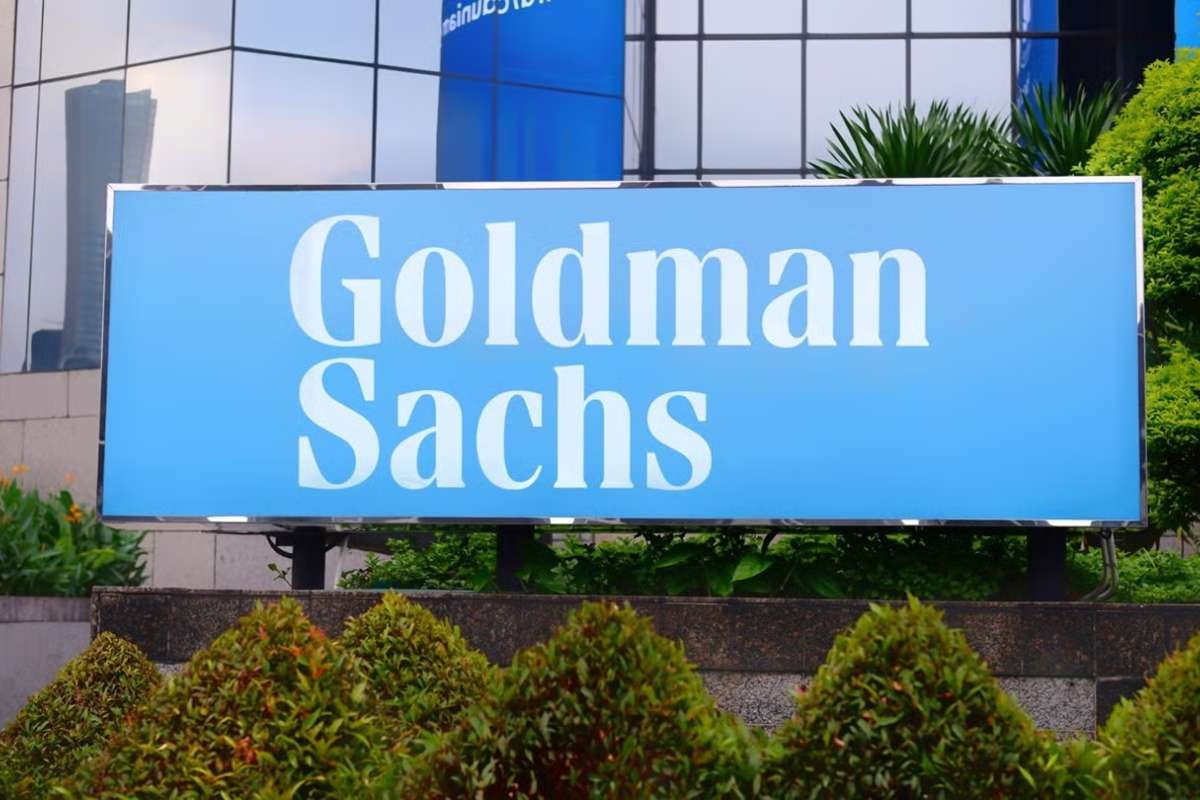Key Points:
- Goldman Sachs women promotions fell to 27%, the lowest under CEO David Solomon, reversing recent diversity progress.
- The firm faces retention issues as senior female leaders continue to leave at higher rates than men.
- The decline raises pressure on Goldman to strengthen mentorship, retention, and leadership opportunities for women.
Goldman Sachs is facing renewed pressure over its internal diversity progress after the share of women promoted to its elite managing-director ranks fell to the lowest level seen under CEO David Solomon. The decline in Goldman Sachs women promotions has raised fresh concerns about gender equality at the firm. Women accounted for only 27% of the firm’s 2025 managing-director class, marking a decline from last year’s 31% and reversing what had been a gradual upward trend over recent years.
The firm announced 638 promotions worldwide this cycle, with the number of newly elevated women falling both in absolute terms and as a percentage of the total. While the bank stated that overall representation of diverse managing directors remains stable, the shrinking proportion of women within this influential group has raised questions about the pace and seriousness of Goldman’s long-standing diversity goals.
This drop is especially striking because the managing director title is one of the most significant milestones within the bank, often serving as a stepping stone to the highest levels of leadership. The decline also arrives at a moment when the firm has been publicly highlighting its commitment to increasing gender representation across its global workforce.
Retention Concerns and Continued Leadership Gaps
Beyond the latest promotion cycle, Goldman is grappling with broader challenges around retaining and advancing senior women. Internal assessments over the past year show that women at senior leadership levels continue to leave the firm at a rate notably higher than their male counterparts, impacting Goldman Sachs women promotions at the top levels.
Several high-profile departures or role changes involving senior female executives have further intensified concerns. Notable exits from key operational and revenue-driving divisions have contributed to a visible thinning of female representation in the upper tiers of the bank’s leadership structure.
Compounding this, the representation of women on Goldman’s top management committee recently slipped, weakening diversity at a level that shapes strategy, culture, and long-term planning. This shift comes after the firm reversed a prior policy that had encouraged diversity on the boards of companies it worked with, a move that once signaled a more assertive stance on corporate inclusion.
CEO David Solomon has acknowledged the uneven progress, noting earlier this year that, although the firm has invested in mentorship programs, leadership development, and recruiting pipelines, many of the efforts have yet to produce meaningful change at the top.
Strategic Implications and the Road Ahead
The setback in Goldman Sachs women promotions is prompting broader discussions about the firm’s internal culture and its ability to build sustainable pathways for women into leadership roles. Analysts note that while many companies succeed in recruiting women at junior levels, the real challenge lies in creating equitable access to high-visibility. These high-revenue roles ultimately determine promotion eligibility.
For Goldman, the declining promotion rate may heighten scrutiny from investors, employees, and external stakeholders who expect transparency and progress in corporate diversity metrics. As firms across the banking sector intensify efforts to diversify leadership teams, the latest numbers place Goldman behind some competitors that have reported modest gains.
With succession planning and long-term strategy evaluations underway, the bank faces mounting pressure to move beyond symbolic commitments and accelerate internal changes. Strengthening retention, expanding sponsorship networks for female talent, and ensuring fair access to leadership-track assignments are expected to be central points of focus in the months ahead.
As the global financial industry continues to evolve, Goldman Sachs’ ability to meaningfully increase female representation in top roles will likely become a defining benchmark for its broader organizational credibility and cultural transformation tied to Goldman Sachs women promotions.









